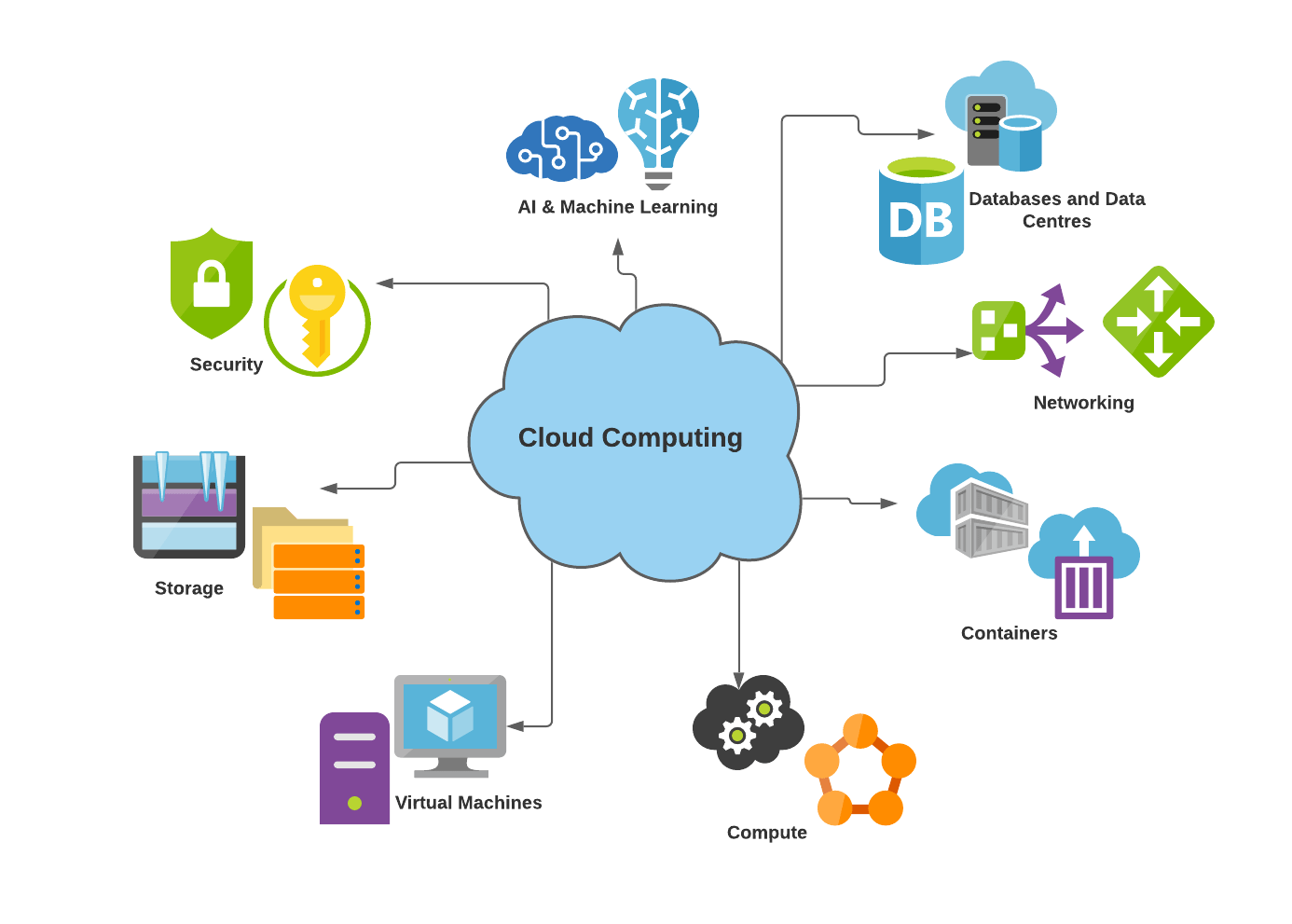Simplify Your Infrastructure With Cloud Provider
As companies navigate the ever-evolving landscape of innovation and data management, the function of cloud solutions in streamlining facilities has become increasingly famous. Just how can organizations successfully navigate this change and truly open the potential of cloud solutions for simplifying their framework?
Benefits of Cloud Provider
Cloud solutions provide a structured approach to handling IT infrastructure, supplying businesses with cost-efficiency, scalability, and adaptability. Among the vital advantages of cloud solutions is the scalability they provide. Businesses can conveniently scale their resources up or down based on demand, ensuring they only pay for what they use. This versatility is particularly beneficial for businesses with changing requirements or those experiencing development.
Furthermore, cloud services eliminate the demand for organizations to spend in costly software and hardware. This cost-efficiency is a substantial benefit, particularly for small to medium-sized ventures seeking to reduce upfront prices. By utilizing cloud services, companies can access high-grade IT sources without the large cost connected with typical facilities setups.
In addition, cloud solutions supply businesses with the versatility to access their information and applications from anywhere with an internet connection. This degree of ease of access boosts collaboration among groups, enables remote work, and raises general performance. The flexibility used by cloud solutions empowers organizations to adjust quickly to altering market problems and client needs.
Price Cost Savings and Scalability
Along with the functional benefits highlighted previously, the combination of cloud services right into a company's framework yields considerable cost financial savings and boosted scalability. Cloud services use a pay-as-you-go version, enabling services to range resources up or down based upon existing needs, consequently staying clear of the prices connected with preserving excess capability. This flexibility allows business to adjust swiftly to rising and fall demands without incurring unnecessary expenditures.
Moreover, cloud solutions get rid of the need for upfront investments in hardware and software, reducing capital investment. Operating costs are also minimized as firms no more need to manage and keep physical servers, leading to reduced energy consumption and IT staffing prices. Furthermore, cloud services give automatic updates and upkeep, ensuring that the framework continues to be safe and secure and updated without requiring hand-operated interventions.
Boosted Safety Steps
Applying rigorous protection actions is extremely important when incorporating cloud solutions right into a firm's framework to guard delicate information and make sure compliance with industry policies. Cloud service providers use enhanced safety attributes such as information encryption, firewall program protection, and multi-factor authentication to minimize cybersecurity dangers.
Moreover, normal security audits and compliance assessments assist ensure and recognize vulnerabilities adherence to sector requirements. Companies can additionally take advantage of attributes like automatic safety and security updates and real-time threat surveillance supplied by cloud service providers. By focusing on protection procedures and staying aggressive in resolving possible dangers, services can with confidence leverage cloud solutions while protecting their beneficial information from unauthorized gain access to or violations.
Transitioning to Cloud Infrastructure
To effectively integrate cloud services into a business's framework, an organized method that resolves the shift towards cloud-based services is imperative. Transitioning to cloud infrastructure involves mindful preparation and implementation to make see page certain a smooth movement procedure - Cloud Services.
When the evaluation is complete, a migration strategy ought to be developed. This strategy ought to describe the timeline, resources, and obligations for moving each component to the cloud. It is necessary index to interact this plan clearly to all stakeholders to guarantee alignment and minimize disruptions during the transition.
Throughout the movement monitoring, process and testing are crucial to identify and resolve any type of issues without delay. Routine checkpoints ought to be developed to track development and make required adjustments. In addition, training for workers on using cloud solutions must be provided to guarantee a successful transition and optimize the advantages of the new framework.
Ideal Practices for Cloud Fostering
Successful adoption of cloud solutions rests on the critical positioning of company goals with technical capacities and business preparedness. To ensure a smooth shift to the cloud, organizations need to start by performing a comprehensive analysis of their existing framework and identifying which work are best matched for cloud movement. It is essential to entail vital stakeholders from various divisions in the decision-making process to get buy-in and attend to any kind of problems early.
An additional finest practice for cloud adoption is to focus on security and compliance. Organizations needs to carefully assess the safety actions offered by cloud provider and ensure that their data is safeguarded according to market criteria and regulatory requirements. Carrying out durable information encryption, access controls, and regular safety audits can aid mitigate risks related to cloud adoption.

Conclusion

As companies browse the ever-evolving landscape of technology and information monitoring, the role of cloud solutions in streamlining infrastructure has actually become significantly popular - universal cloud Service. Just how can businesses successfully browse this transition and really unlock the capacity of cloud solutions for streamlining their infrastructure?
Cloud services use a streamlined method to handling IT see here framework, providing companies with cost-efficiency, versatility, and scalability. By making use of cloud solutions, organizations can access high-grade IT sources without the hefty price tag associated with traditional infrastructure setups.
To ensure a smooth transition to the cloud, organizations should start by performing a thorough analysis of their existing facilities and determining which workloads are best suited for cloud movement.